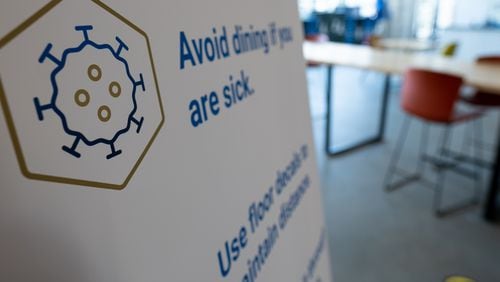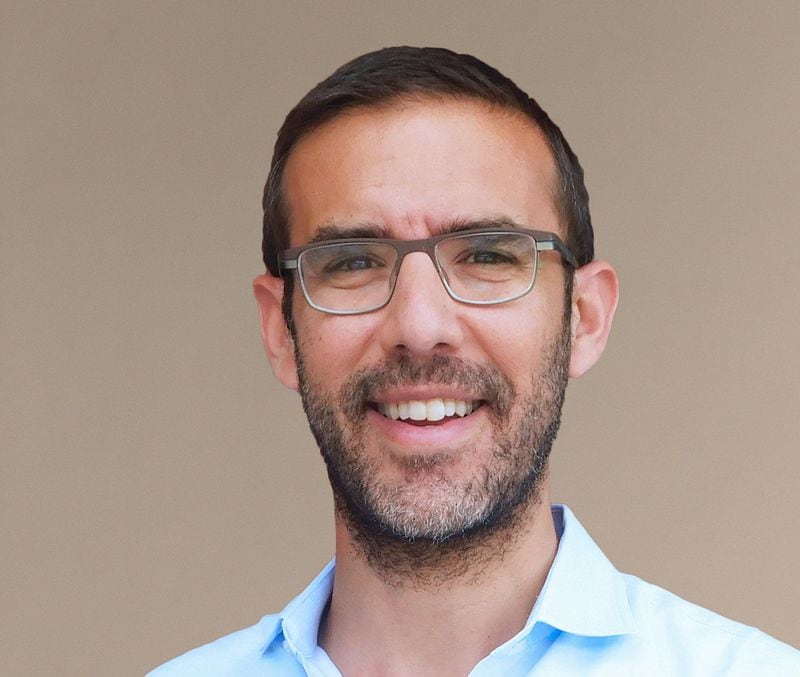An urban campus of a large public university. An average of 1,500 free, non-invasive tests performed daily for an on-campus community of more than 10,000 students, staff, and faculty. Test results returned in 36 hours. Contact tracing and assistance with isolation for those who test positive. Mask-wearing required indoors. Positivity rate reduced from almost 5% to less than 1% in a few weeks -- stably maintained for a month (and counting). Sounds too good to be true? It isn’t.
This is the reality unfolding at Georgia Tech, where we have worked with a collaborative team of scientists and engineers to develop a large-scale viral testing program along with mask-wearing and hybrid teaching modes to help control the spread of COVID-19. In contrast to large-scale outbreaks on many other college campuses, the use of community-wide testing as an intervention rather than a form of diagnosis is feasible, scalable, and urgently needed – not just for the Georgia Tech campus community, but for colleges and universities, K-12 schools, and businesses at large. It is the bridge between safety and renewed economic and social life.
Credit: Rob Felt
Credit: Rob Felt
The program’s design hinges upon a simple idea: rather than wait for an infection to run its course, whether with or without symptoms, we have used large-scale viral testing to identify and isolate infected individuals; removing them from potential risky interactions. Our PCR test is saliva-based, thus simple, safe, and specific. With it, we can potentially identify infected individuals at early stages, even when their chance of infecting others is low. But that’s the point: catching a case early may help to isolate individuals before they become highly infectious, thereby stopping chains of transmission before they start. In doing so, we reduce the chance that one case becomes a few and a few cases become many.
This was not going to be easy. Georgia Tech started its term in mid-August amidst significantly elevated rates of spread in the state. More than 7,500 undergraduates returned to on-campus residences, including dorms and Greek houses (which promptly held their rush week), and thousands more students, staff, and faculty began to return to work and teach on campus. Circulating levels meant that we expected on the order of 50 to more than 100 introduced cases, which would have increased rapidly given unchecked transmission.
With the help of a logistics and communications team, we used community-wide town halls and open messaging to urge greater than 90% testing of individuals in every Greek house and dorm. The purpose of such high testing rates was to establish voluntary testing as a social norm and to identify anomalies, e.g., a cluster of a few cases, before it was too late. However, even if testing rates did not always reach benchmarks, they have remained consistently high enough to provide sentinel information and redirect intensive, follow-up testing as needed.
Indeed, after reopening there was a rapid growth in cases, such that two weeks after we started testing, the positivity rate increased from less than 1% to nearly 5%. Early identification of positive cases meant that we could intensify and concentrate testing efforts to target likely clusters – whether in hard-hit Greek houses or in shared living spaces in residence halls. This intensive testing – informed by risk factors (like sharing a twin room or quad) - was then followed up by tracing and isolation that helped to stop chains of transmissions before they expanded. The students bought in, the vast majority follow the guidelines by wearing masks and taking the risk associated with transmission seriously; the strategy is working.
September 10. That is the last time the positive test rate in our surveillance testing program exceeded 1%, and some days in October it has been one tenth of even that. There is a long way to go, but at least now we can begin to contemplate what the new norm of campus life will look like with low positivity for rest of the Fall and plan for the Spring term.
There have been far too few success stories in the response to COVID-19, particularly in Georgia. As yet, our success has not been replicated across the University System of Georgia or across the state; but that doesn’t diminish its relevance. Our message is simple: science works, particularly when leaders enable science to influence and empower policy and action.
Joshua S. Weitz and Greg Gibson are both Patton Distinguished Professors of Biological Science and on the faculty of the Petit Institute for Bioengineering and Bioscience at Georgia Tech.
About the Author








